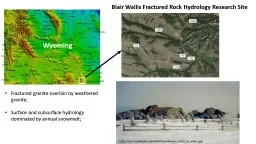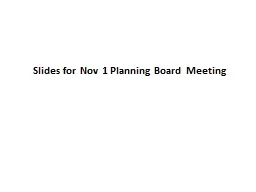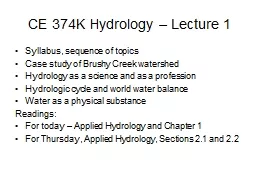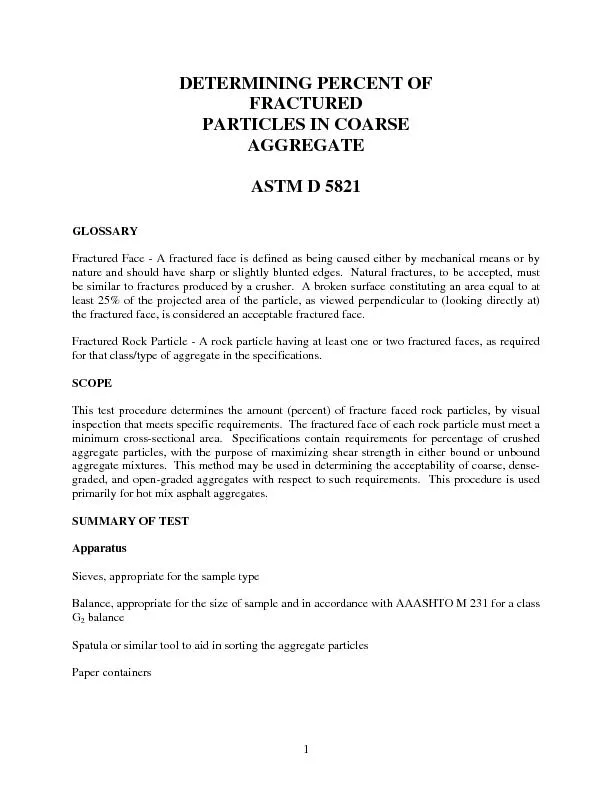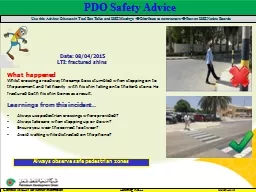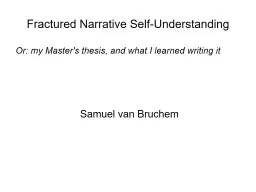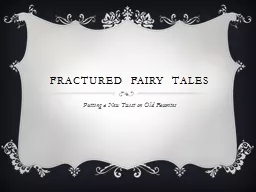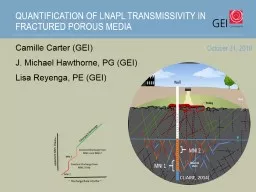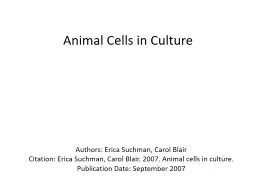PPT-Blair Wallis Fractured Rock Hydrology Research
Author : pasty-toler | Published Date : 2017-07-17
Wyoming Fractured granite amp metamorphic rock overlain by weathered granite Surface and subsurface hydrology dominated by spring snowmelt httpwwwjusttrailscomtagvedauwoo
Presentation Embed Code
Download Presentation
Download Presentation The PPT/PDF document "Blair Wallis Fractured Rock Hydrology Re..." is the property of its rightful owner. Permission is granted to download and print the materials on this website for personal, non-commercial use only, and to display it on your personal computer provided you do not modify the materials and that you retain all copyright notices contained in the materials. By downloading content from our website, you accept the terms of this agreement.
Blair Wallis Fractured Rock Hydrology Research: Transcript
Download Rules Of Document
"Blair Wallis Fractured Rock Hydrology Research"The content belongs to its owner. You may download and print it for personal use, without modification, and keep all copyright notices. By downloading, you agree to these terms.
Related Documents

